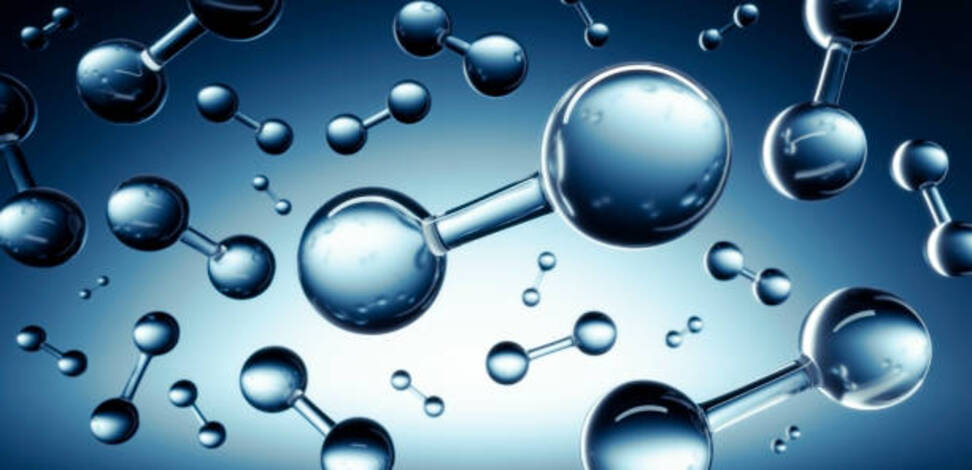In a victory for France, which favors nuclear power, the European Commission announced regulations on Monday that may let some of the nuclear-derived hydrogen produced in nuclear-based energy systems contribute toward EU renewable energy objectives.
The rules are intended to encourage investors and companies to switch from hydrogen produced from fossil fuels to renewable electricity because hydrogen is a key component of Europe’s goals to decarbonize heavy industry.
Germany against nuclear-derived hydrogen
There is a dispute between France and nations like Germany. They believe nuclear-based fuels shouldn’t be “sustainable” by definition. They have been at odds recently over this issue.
Brussels identified three different types of hydrogen as contributing to the renewable targets after a delay of many months caused by pressure from governments.
These include facilities that produce hydrogen and use grid power if the local electricity zone had more than an average 90% share of renewable power in the previous year. Facilities that produce hydrogen directly connected to a new renewable energy generator also qualify.
Facilities can use grid power in areas with low CO2 emissions restrictions, possibly based on nuclear power, as long as the producer also enters into a long-term power purchase agreement (PPA) with a local supplier of renewable energy.
There is a catch
Producers of hydrogen must either directly use newly installed renewable power or sign a PPA to support new local renewable energy projects in order to avoid using up available renewable electricity capacity, which could increase the risk of increasing the production of fossil fuels to meet overall energy demand.
EU member states and legislators must oppose the within two months the rules in order to prevent their implementation.
The dispute between nations already delayed negotiations on the EU’s new renewable energy targets. They are scheduled to resume on Tuesday over nuclear-based hydrogen.
How much nuclear energy does France use to produce nuclear-derived hydrogen?
Nuclear power generates around 70% of France’s electricity. There are 56 nuclear reactors operating in 18 nuclear power plants in France.
It is technically possible to produce green hydrogen from nuclear power plants using a process called electrolysis.
Electrolysis uses electricity to split water molecules into hydrogen and oxygen, and if the electricity used in this process comes from a nuclear power plant that doesn’t produce greenhouse gas emissions, the resulting hydrogen is “green.”
However, it’s worth noting that the cost and practicality of using nuclear power plants for large-scale hydrogen production are still under evaluation. There are also concerns about the safety and waste disposal associated with nuclear power.
It’s difficult to calculate how much nuclear-derived hydrogen France can produce. That depends on the used technologies. However, hydrogen production via electrolysis is an energy-intensive process. The amount of hydrogen made depends on a variety of factors. Some of the factors include the capacity and availability of nuclear power plants, as well as the efficiency of the electrolysis process.

